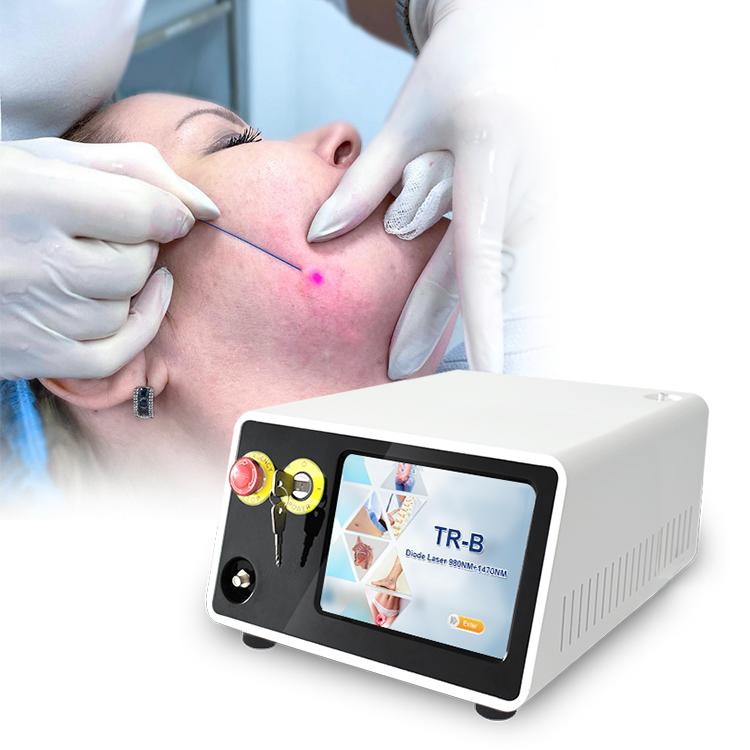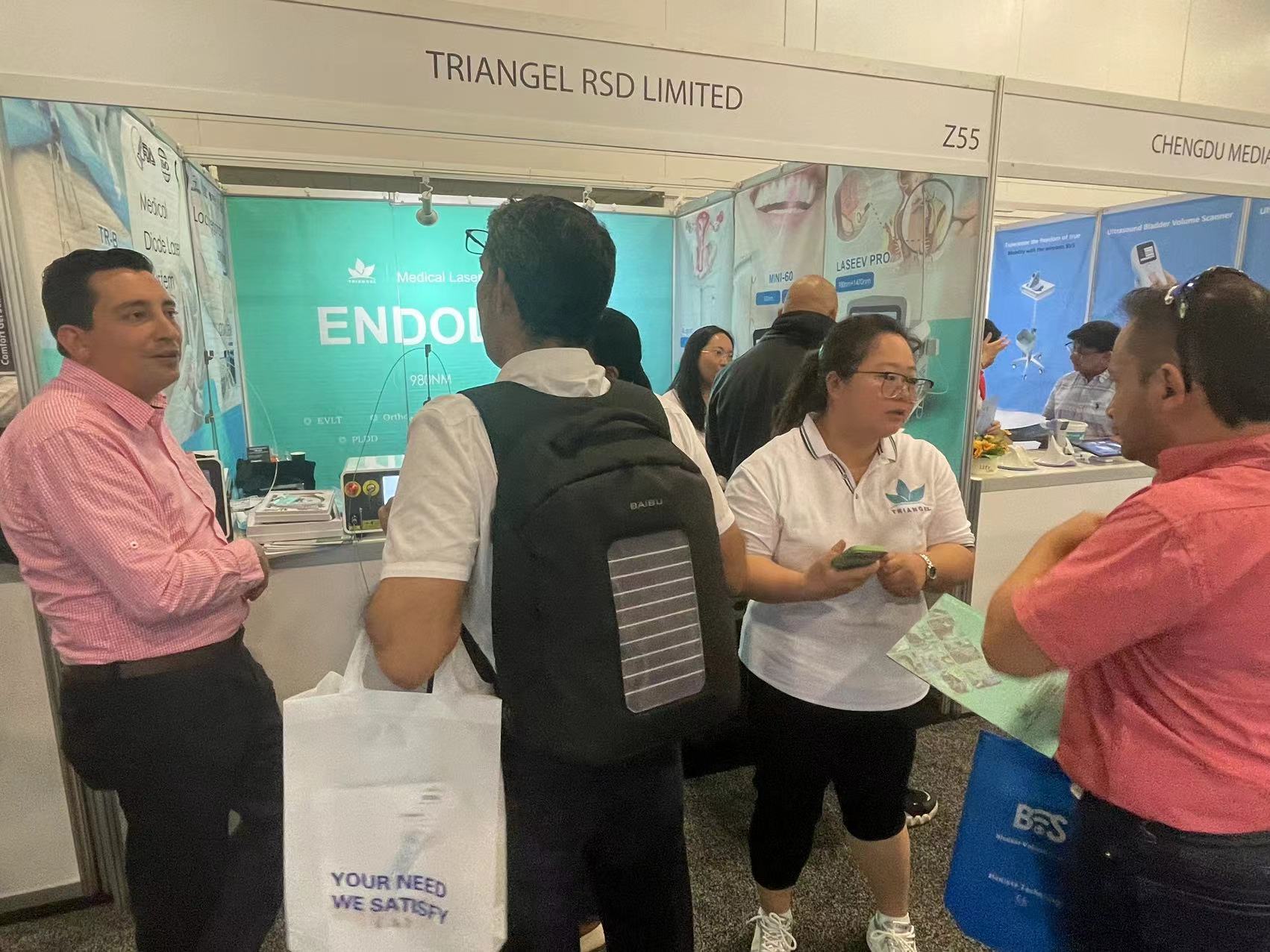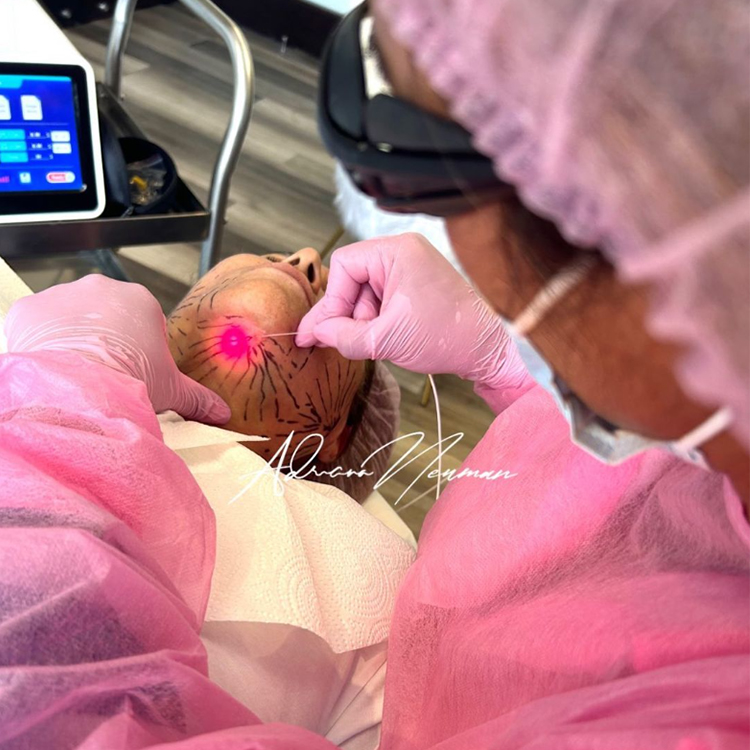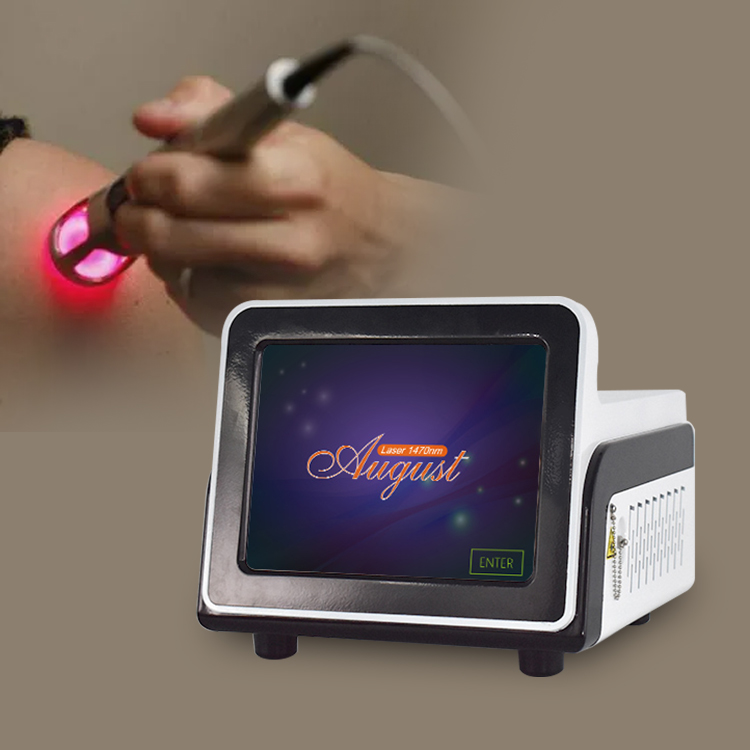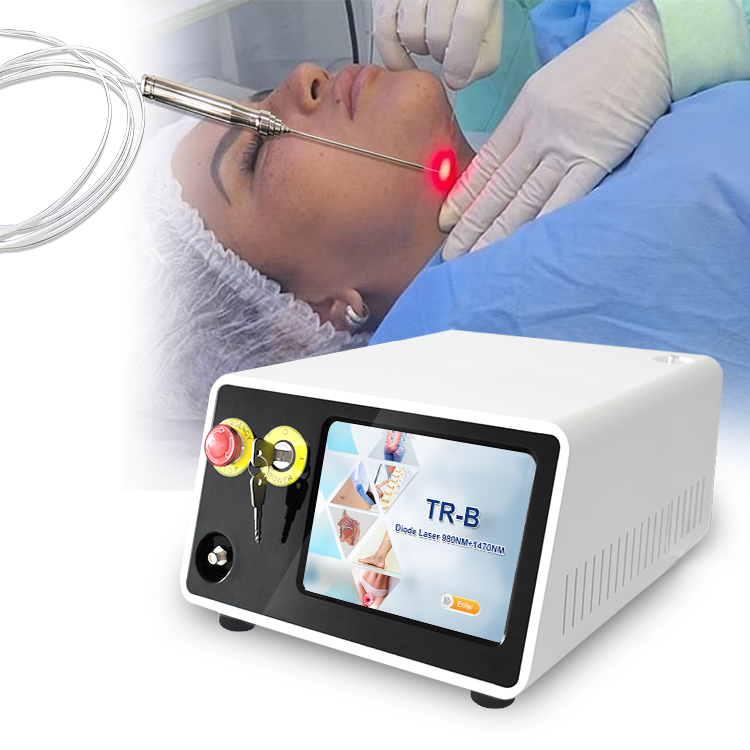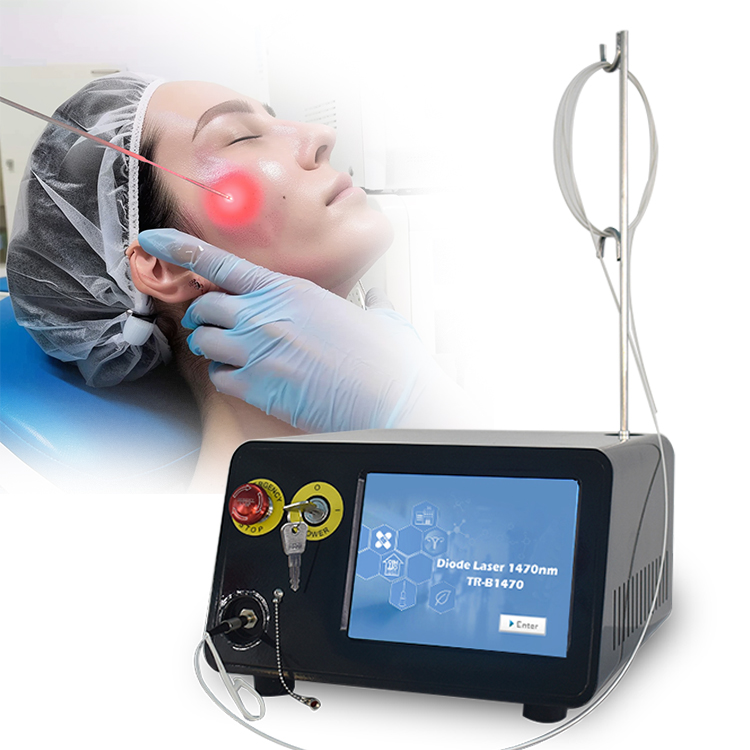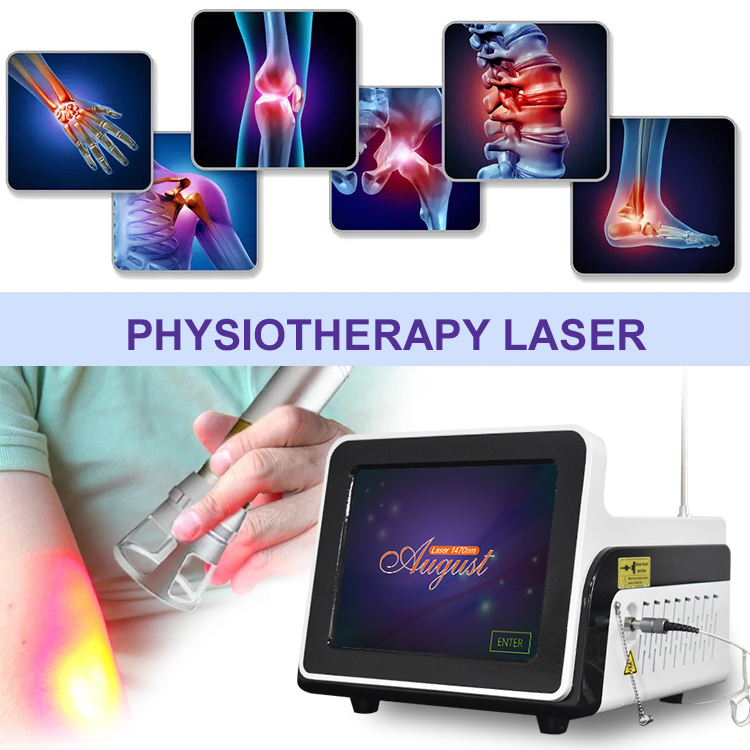DIODE LASER Application in ENT: Treating Vocal Cord Polyps
DIODE LASER Application in ENT: Treating Vocal Cord Polyps
I. Understanding Vocal Cord Polyp Symptoms
Vocal cord polyps manifest with a spectrum of symptoms that may significantly impact an individual's vocal function and overall well-being:
-
Appearance & Function: These growths typically appear grayish-white or translucent, occasionally reddish and small, primarily on one or both vocal cords. They lead to hoarseness, difficulty speaking, a dry and itchy throat, and even pain. Large polyps can obstruct the airway, posing risks of respiratory distress.
-
Hoarseness Variations: The extent of hoarseness correlates with the polyp's size. Mild cases present with intermittent voice fluctuations, easily fatigued speech, a dulled and raspy tone, and singing challenges, particularly in higher notes. Severe instances result in marked hoarseness or voice loss.
-
Foreign Body Sensation: Accompanying symptoms include throat discomfort, dryness, itchiness, and a persistent feeling of something being stuck. Overuse of the voice may trigger sore throat, and in extreme scenarios, breathing difficulties. This sensation can provoke unwarranted fears of malignancy, causing substantial psychological stress.
-
Throat Mucosa Changes: Observations may include dark red congestion, swelling, atrophy of the throat lining, swollen vocal cords, and incomplete glottal closure.
II. Diode Laser Treatment for Vocal Cord Polyps
Diode lasers are a cornerstone in otolaryngology, excelling in high-precision cutting and efficient coagulation. The TRIANGEL diode laser system, designed for compactness and safety, is a game-changer in ENT surgeries, offering superior performance and reliability. It is instrumental in minimally invasive laser procedures for the ENT field.
During vocal cord polyp removal, the TRIANGEL laser, paired with specialized surgical handpieces, ensures precise excision, vaporization, and meticulous control at tissue margins, preserving surrounding healthy tissue. Key benefits over conventional surgery include:
- Unmatched surgical precision
- Minimal blood loss
- Reduced infection risk
- Enhanced tissue regeneration and rapid healing
- Virtually pain-free experience
III. Postoperative Care Following Laser Surgery
The vocal cord laser procedure is virtually painless, with immediate discharge from the hospital or clinic possible. Patients can resume driving and may return to work the next day, albeit with vocal precautions—avoid strenuous voice usage to facilitate healing. Once recovered, adopt a gentle vocal routine.
IV. Preventive Measures for Vocal Cord Health
To safeguard against vocal cord polyps in daily life:
-
Hydration: Maintain ample hydration by consuming plenty of water daily to keep the throat moist.
-
Lifestyle Balance: Cultivate emotional stability, ensure sufficient sleep, and engage in moderate exercise to uphold vocal cord elasticity.
-
Avoid Harmful Substances: Refrain from smoking, alcohol consumption, and limit intake of irritants like strong tea, spicy foods, cold beverages, chocolate, or excessive dairy.
-
Voice Rest: Be mindful of vocal cord relaxation and avoid prolonged voice strain. Regular breaks during extended periods of speaking or singing are advisable.
By adopting these practices and embracing advanced laser treatments, individuals can effectively manage and prevent vocal cord polyps, preserving their vocal health and quality of life.
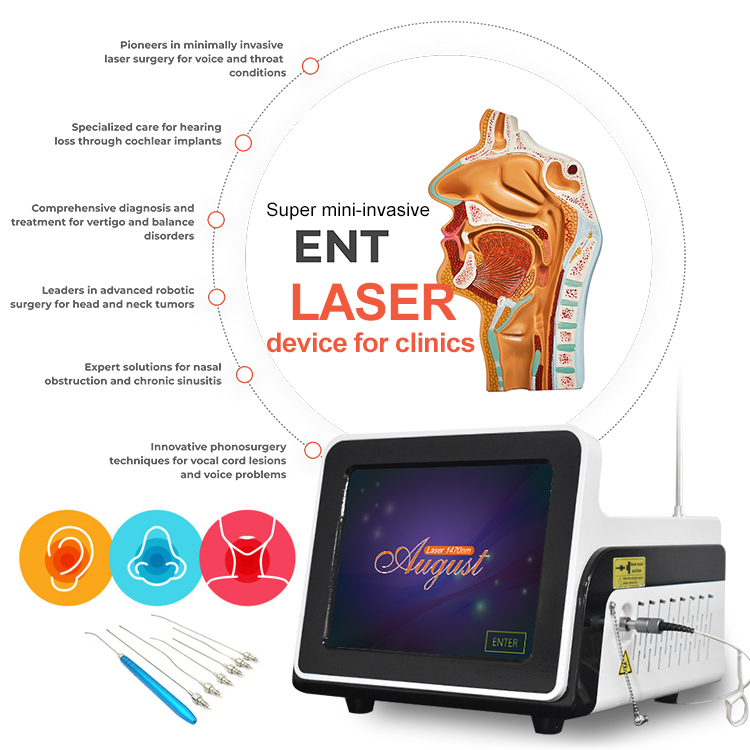


 +8618931273229
+8618931273229 director@tazlaser.com
director@tazlaser.com 0086-18931273229
0086-18931273229

